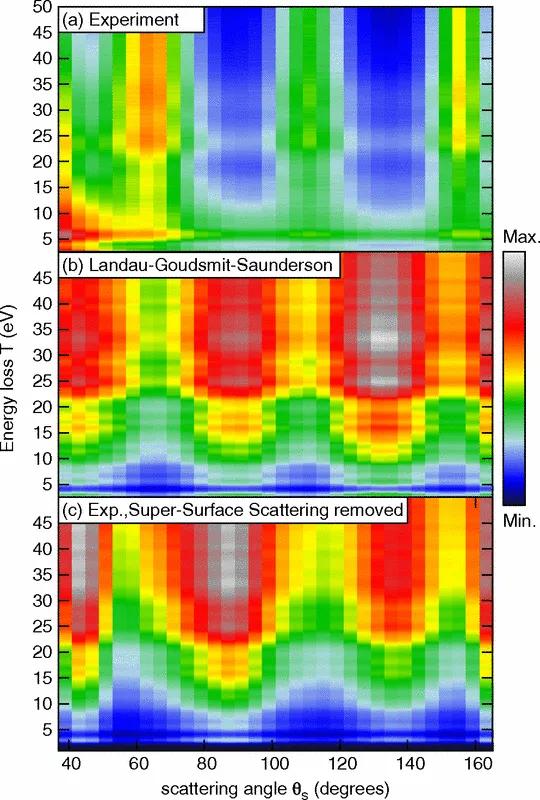Supersurface electron scattering, i.e., electron energy losses and associated deflections in vacuum above the surface of a medium, is shown to contribute significantly to electron spectra. We have obtained experimental verification (in absolute units) of theoretical predictions that the angular distribution of the supersurface backscattering probability exhibits strong oscillations which are anticorrelated with the generalized Ramsauer-Townsend minima in the backscattering probability. We have investigated 500-eV electron backscattering from an Au surface for an incidence angle of 70° and scattering angles between 37° and 165°. After removing the contribution of supersurface scattering from the experimental data, the resulting angular and energy distribution agrees with the Landau-Goudsmit-Saunderson (LGS) theory, which was proposed about 60 years ago, while the raw data are anticorrelated with LGS theory. This result implies that supersurface scattering is an essential phenomenon for quantitative understanding of electron spectra.
